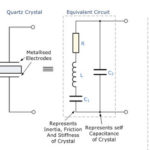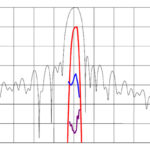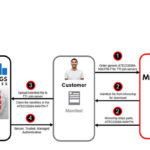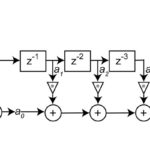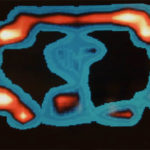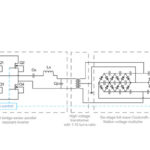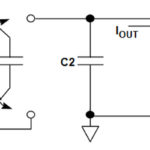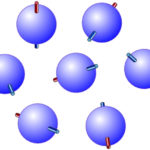Power devices based on gallium nitride (GaN) are rapidly becoming a viable, higher-performance alternative to silicon MOSFETs due to their higher efficiency and other favorable attributes. In recent years, discrete power-switching and power-handling devices based on gallium nitride (GaN) material have become practical and available, and these devices are now found in many power supplies […]
basics
Stress & Strain, Part 2: Implications for electronics
The mechanical strain induced on electronic components due to mechanical and thermal stress is an important aspect of their performance consistency and limitations; stress is also used to enable some materials to provide critical electronic functions. Part 1 of this FAQ looked at the basic principles and tests for material strain when stress is applied. […]
Filters, Part 2: SAW and BAW devices for RF
Part 1 of this FAQ looked at the basic available electronic filters – analog, switched capacitor, and digital – and briefly reviewed the attributes of each. As the frequencies to be filtered reach to 1 GHz and well beyond, while the selectively needed also became narrower, these filter approaches can no longer support many of […]
LoRaWAN security design tips: Designing with a stand-alone security chip
With the growth of the Internet of Things, cyber attacks are increasing at an alarming rate (Figure 1). Key provisioning, a process of key generation and device authentication, is a critical part of establishing security. Whoever holds the key will be able to access the payloads, i.e. the valuable data stored in the application server(s). […]
8-bits and counting: 8-bit MCUs are still going strong
Microcontroller units (MCUs) never stop evolving; a more functional, featured MCU follows every model. Embedded systems have grown with continually growing MCU technology, yet there are many traditional MCUs that are still selling in high volumes. Atmel 8051 is one of those legendary MCUs which have developed a considerable demand in the market. The Atmel […]
Filters, Part 1: Analog, switched, and digital filters
Filters are essential functions in most circuits and systems; as frequencies extend into the multi-GHz range, surface acoustic wave (SAW) and bulk acoustic wave (BAW) filters are needed to meet the design objectives. An engineer I worked with (and whose name I have forgotten) once remarked to about electronic filters (and he was serious): “like […]
MRI, Part 2: Historical development (and lawsuits)
The modern MRI system is an amazing blend of diverse technologies, based on the realization that a small but critical aspect of the spin of hydrogen nuclei could be leveraged to provide a safe, non-invasive way to see inside a human body. Part 2 of this FAQ looks at the physics and other advances that […]
Working with higher voltages, Part 2: Voltage multipliers
In part 1 of the FAQ, we looked at techniques for a modest amount of boosting of lower voltages, as well as for increasing a voltage to a much higher value. The techniques discussed thus far boost and thus multiply the voltage, but what are called voltage “multipliers” usually give push voltages to much-higher values. […]
Working with higher voltages, Part 1: Voltage boosters
Whether for efficiency or due to the device physics, many applications require voltages ranging in the tens, hundreds, or even thousands of volts; the circuits which produce these voltages start with basic charge pumps and extend to voltage multipliers with simple schematics but many subtleties. Lower-voltage circuitry is the trend, with ICs and designs operating […]
Magnetic resonance imaging (MRI), Part 1: How it works
The modern MRI system is an amazing blend of diverse technologies, based on the realization that a small but critical aspect of the spin of hydrogen nuclei could be leveraged to provide a safe, non-invasive way to see inside a human body. Magnetic resonance imaging (MRI) is an extraordinarily valuable and vital tool for non-invasive […]


